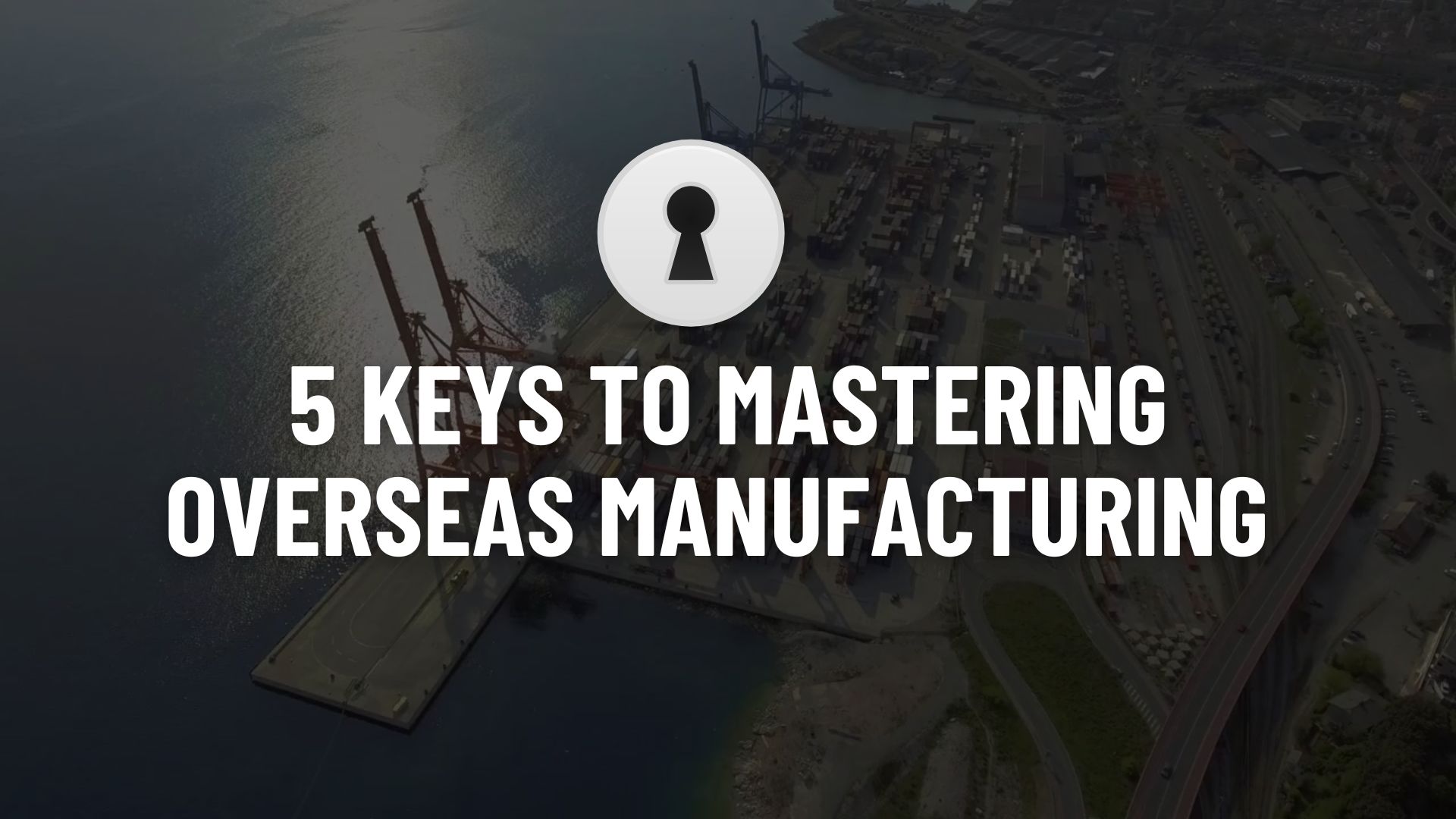This year, the Chinese New Year holiday falls between February 18th and February 24th. The Chinese use a lunar calendar, so the dates of the holiday change every year. Sometimes it can start in mid-January. This year is about as late as it gets.
If you intend to have goods manufactured in China you need to be aware of the Chinese New Year dates and plan ahead. Chinese New Year has an effect for two or three weeks prior to the holiday and the Chinese New Year hangover can affect manufacturing for several weeks following the holiday. If you have goods you want to arrive in the February/March/April time frame, it is best to get your order in by early December. Otherwise the factory might not be able to complete your order in time to ship it before the holiday break.
A little explanation about the holiday is in order. It is the most important holiday on the Chinese calendar, equivalent to our Thanksgiving or perhaps equivalent to our Thanksgiving and Christmas combined. It is a time when all Chinese travel to be with their family, typically where the parents reside. In China, most manufacturing is done in the coastal areas, often in the special economic zones that many factories call home. Millions of workers come from the rural interior, moving to the areas where there is factory work and sending money home to the family. It’s a little like the Mexican workers who come to the U.S. seeking work so that they can support their families back in Mexico.
We all know what it’s like traveling during Thanksgiving. Airports are crowded and highways are full of traffic. Now imagine a population on the move that is more than 4 times the U.S. population. The Chinese transportation infrastructure is not as developed as the U.S. Even if their air transportation were as developed as the U.S., the average Chinese cannot afford to fly. Trains, buses, boats and highways overflow with workers trying to return home for the holiday.
Two to three weeks prior to Chinese New Year the travel fever starts to hit the workers in the factories. They all want to finish their work early to beat the rush. As a result, work done immediately before the holiday can be done in haste, often to the detriment of quality. Factories will often shut down a week or two prior to the holiday to let the workers hit the road. If they are busy, they often have to hold back pay until work is completed to keep the workers in place; sometimes workers don’t care and they leave anyway.
While it takes weeks for all those Chinese to travel to their family’s home town, it can take just as long or longer for them to return to work. The holiday may end on February 24th, but that doesn’t mean all the workers will be in place on the 25th. Some workers get used to Mama’s home cooking and choose to stay home. Others choose to use this as an opportunity to look for higher pay. Immediately following the holiday, it becomes a seller’s market for labor. We’ve seen factories have only 20% of their labor force return to work. It can take weeks for factories to hire replacement workers.
Chinese New Year marks an opportunity for everyone to get more money. Skilled workers go about selling their services to the highest bidder. For the past three years, wage increases following Chinese New Year have been around 20%. At the same time, material suppliers typically raise prices after the holiday, services such as trucking become more expensive, and the ocean shipping lines come out with a new GRI-General Rate Increase (as opposed to General Rate Decrease). If you received a price quote before the holiday, it might no longer be good after the holiday.
Production can suffer for a couple of reasons. First it suffers for lack of personnel to do the work. Completion of orders is often delayed and often unpredictable. Second it suffers because the new workers lack training. Production done immediately after the holiday can be shoddy quality until the workers become familiar with the work and learn the nuances that produce a good product.
During this time, production can also suffer while the workers develop their speed of output. Generally, projects that were incomplete before the holiday will not ship until mid-March or later. Production started after the holiday might not ship until the end of March or mid-April. Keep in mind that a manufacturer’s material and component suppliers are experiencing the same worker shortages, which can extend lead-times far beyond their normally expected completion.
In summary, avoid placing orders too close to the holiday. The factory might rush production, causing quality issues. The factory might not agree to start the job until after the holiday, which can cause huge delays as well as quality issues. Ideally, you should place your order early enough to have it ship two weeks before the holiday starts, or mid to late March after the factories have gotten their workers back and trained them.
We at ITI Manufacturing are very keen on when orders should be placed around the Chinese New Year. For any questions or concerns about your next order, don’t wait. Contact us today.






